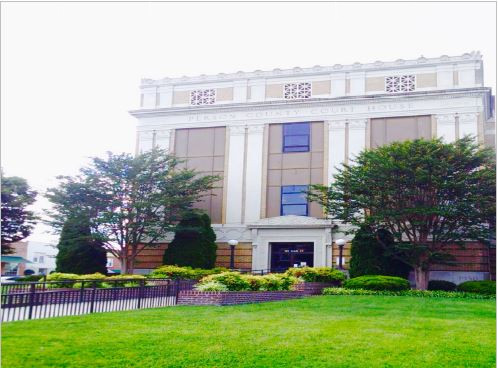How It Works:
-

1. Funding and expanding Drug Treatment Courts
-

2. The 12-minute tour of Drug Courts
-

3. Brain Scans
-

4. Two Case Studies: Recovery by those who do not seek to recover
-

5. Workings of a Drug Court Team: Effectiveness of "quick and certain" reactions
-

6. The hook on the Good Shepherd's staff
-

7. Team meetings empower probation officers with knowledge
-

8. Three ways drug court is different from every other rehab
-

9. Components of a local drug court: All but one already exists
-

10. Graduation and recovery rates
-

11. Pregnant addicts and healthy babies
-

12. Different types of court-directed rehab modalities
-

13. Cost per participant of operating a drug court
-

14. Recidivism rates and state-wide cost savings arising from drug courts
-

15. County and local savings from drug court
-

16. Conservatives agree that drug courts save taxpayer dollars
-

17. Neuroscience, brain pharmacology support long-term treatment
-

18. Recent history of NC drug courts: funding challenges
-

19. More Resources
-

20. FAQ: Objections & Responses
Additional Research:

N. C. Drug Treatment Courts
Chief District Court Judge Mark E. Galloway
The North Carolina Drug Treatment Courts (DTC) were established by statute in 1995 to enhance and monitor the delivery of treatment services to chemically dependent adult offenders while holding those offenders rigorously accountable for complying with their court-ordered treatment plans. In 2001, the General Assembly formally authorized expansion of the DTCs to include substance abusing juvenile offenders and chemically dependent parents of neglected or abused children. The overall goal of the DTC is to significantly break the cycle of addiction that gives rise to repeated law-breaking episodes. By enhancing the likelihood that the drug-driven offender will remain drug and crime free and socially responsible, the DTC seeks to reduce justice system, health system, and other societal costs associated with continuing drug use and criminal involvement.
The goals of the DTC include the following:
1. To reduce alcoholism and other drug dependencies among adult and juvenile offenders and defendants and among respondents in juvenile petitions for abuse, neglect, or both;
2. To reduce criminal and delinquent recidivism and the incidence of child abuse and neglect;
3. To reduce the alcohol-related and other drug-related court workload;
4. To increase the personal, familial, and societal accountability of adult and juvenile offenders and defendants and respondents in juvenile petitions for abuse, neglect, or both; and
5. To promote effective interaction and use of resources among criminal and juvenile justice personnel, child protective services personnel, and community agencies.
In 2003, the General Assembly defined Drug Treatment Courts as an Intermediate Sanction under the Structured Sentencing law. Intermediate-level offenders sentenced to Drug Treatment Court are required, as a condition of probation, to comply with program rules, report as required, and to participate in court supervision, drug screening or testing, and drug or alcohol treatment programs.
